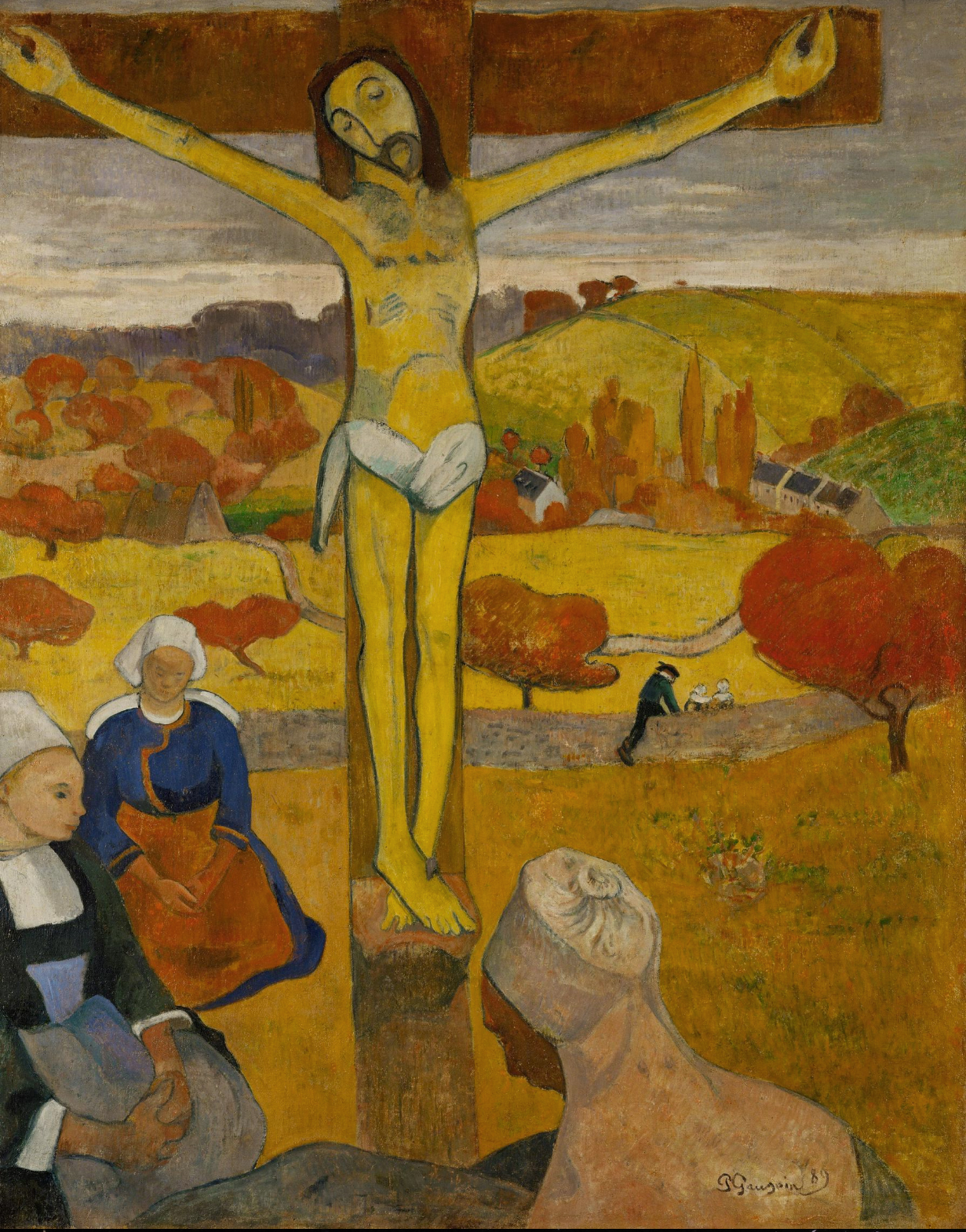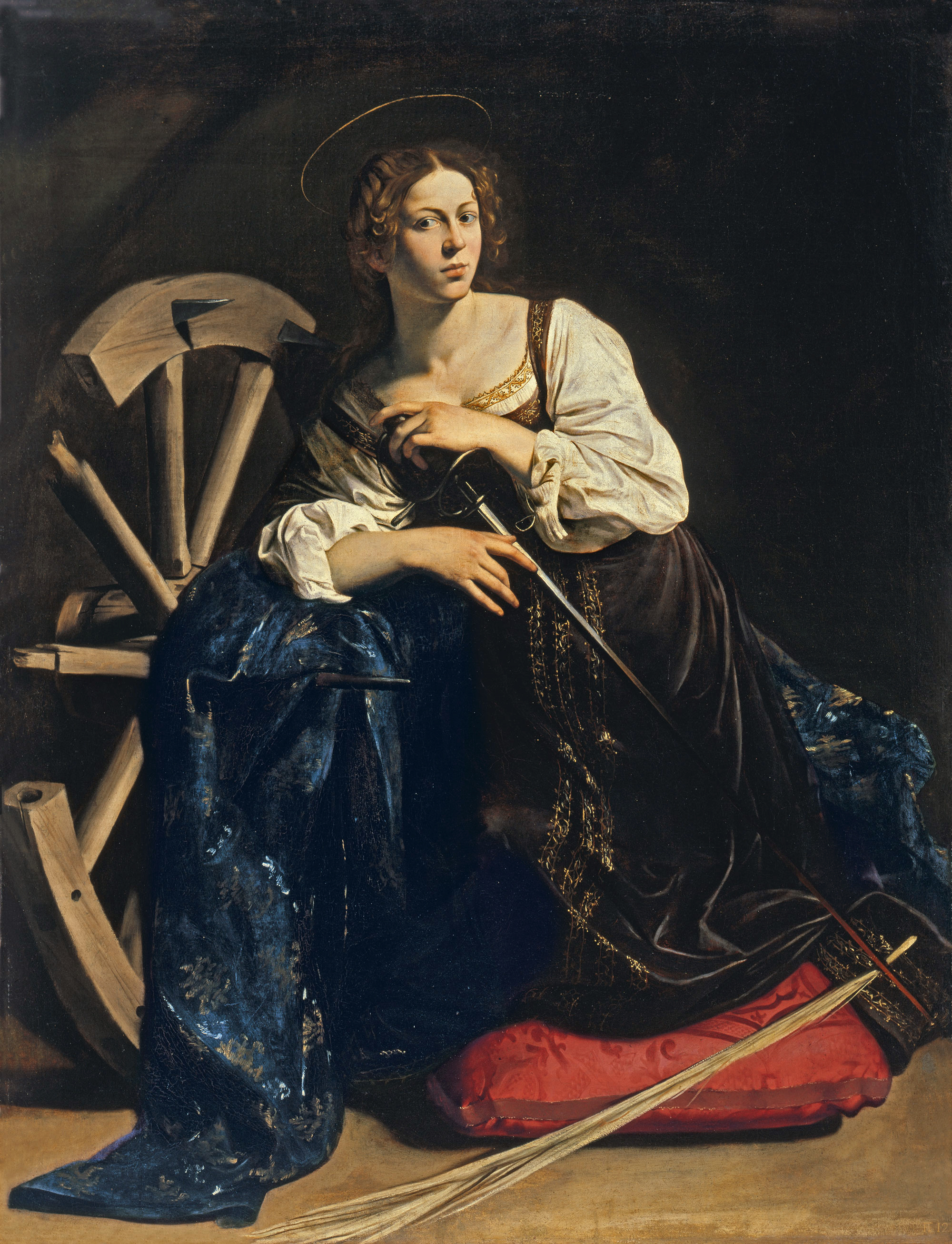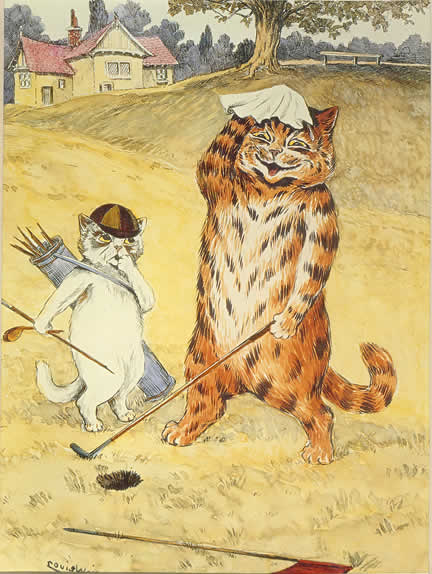The other day I read a translation of Romans 12:3 that cracked me up: “Don’t cherish exaggerated ideas of yourself or your importance, but try to have a sane estimate of your capabilities by the light of the faith that God has given to you all.”
I think of myself as a person who can do anything, and I pretty much have done. However, a ‘sane estimate’ of my capabilities probably ought not continue to include stripping wallpaper. My back is in open rebellion this morning.
My self-worth doesn’t lie in the things I make with my hands, but my work is how I spend my days. Would I continue to paint if I were confined to a wheelchair and could no longer scramble around rocks while doing so? I don’t know. Would I continue to create if I were blind? I don’t know.
“The Ancient of Days in Europe a Prophecy,” copy D, 1794, William Blake
Would I be less valuable without a strong back or good eyes? No. Would I be happy? Since I’m thrown if the toothpaste is in the wrong drawer, the answer is a decided no.
When I was 40 years old, I ran. I was fit enough to still wear a two-piece bathing suit. That year I had cancer that resulted in a colostomy. Not only was my appliance ugly, uncomfortable and expensive to maintain, but it leaked. There’s nothing like bowel spillage down your shirt to undermine any sense that you’re beautiful or desirable.
Eventually, they were able to reverse my ostomy, but in the time I had it, it changed something in my self-concept. I was no longer powerful and sexy; I was a cancer survivor. I’ve written about shedding that latter self-identity, but I’m afraid these self-images might be like the layers of an onion.

Detail from “The Creation of Adam”
I was at a class this week where groups were asked to make posters. I flipped open my phone to Blake’s The Ancient of Days, which, I thought, made the visual point better than anything I might draw. Another person grabbed a marker and translated Blake’s idea to poster form. A third translated it to words. Even though I wasn’t drawing, I was still operating within ‘a sane estimate’ of my abilities.
The Ancient of Days was not intended by Blake to be a portrait of God. He is Urizen, a demiurge. That, in gnostic systems, is an artisan who makes and maintains our physical universe. In our popular imagination, Urizen has come to represent the creative face of God. (Blake was a true seer, subject to visions from the age of four, but he was also a Christian.)
Note the hand holding the compass in The Ancient of Days. It is taut, energetic, and in absolute control.
Compare that hand to the hand of God in Michelangelo’s The Creation of Adam in the Sistine Chapel. Again, God’s hand is taut and active. Adam’s is limp. God is surrounded by the unborn, in a great carapace that resembles a human uterus. Chief among these is Eve. Still in the womb, wrapped in God’s embrace, she looks more lifelike than her future mate. Michelangelo is making a point here: our life force comes from God.
Like life itself, the gifts we have are transitory. Once given, they can be lost again in an instant. They don’t totally define us, but they are a part of who we are.











